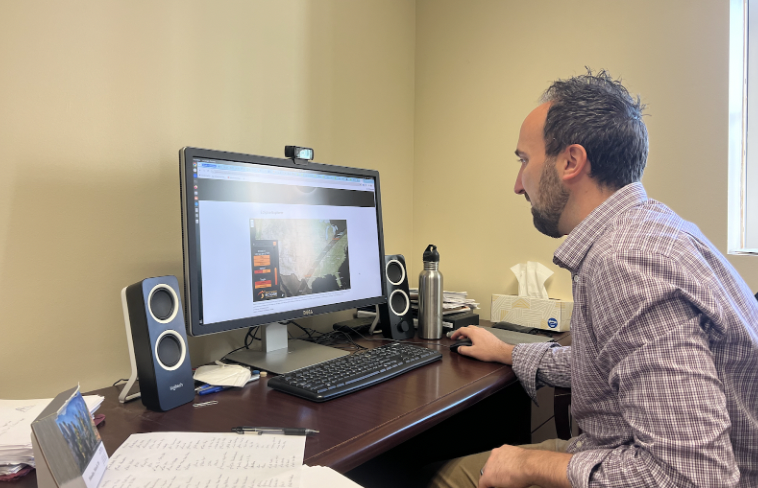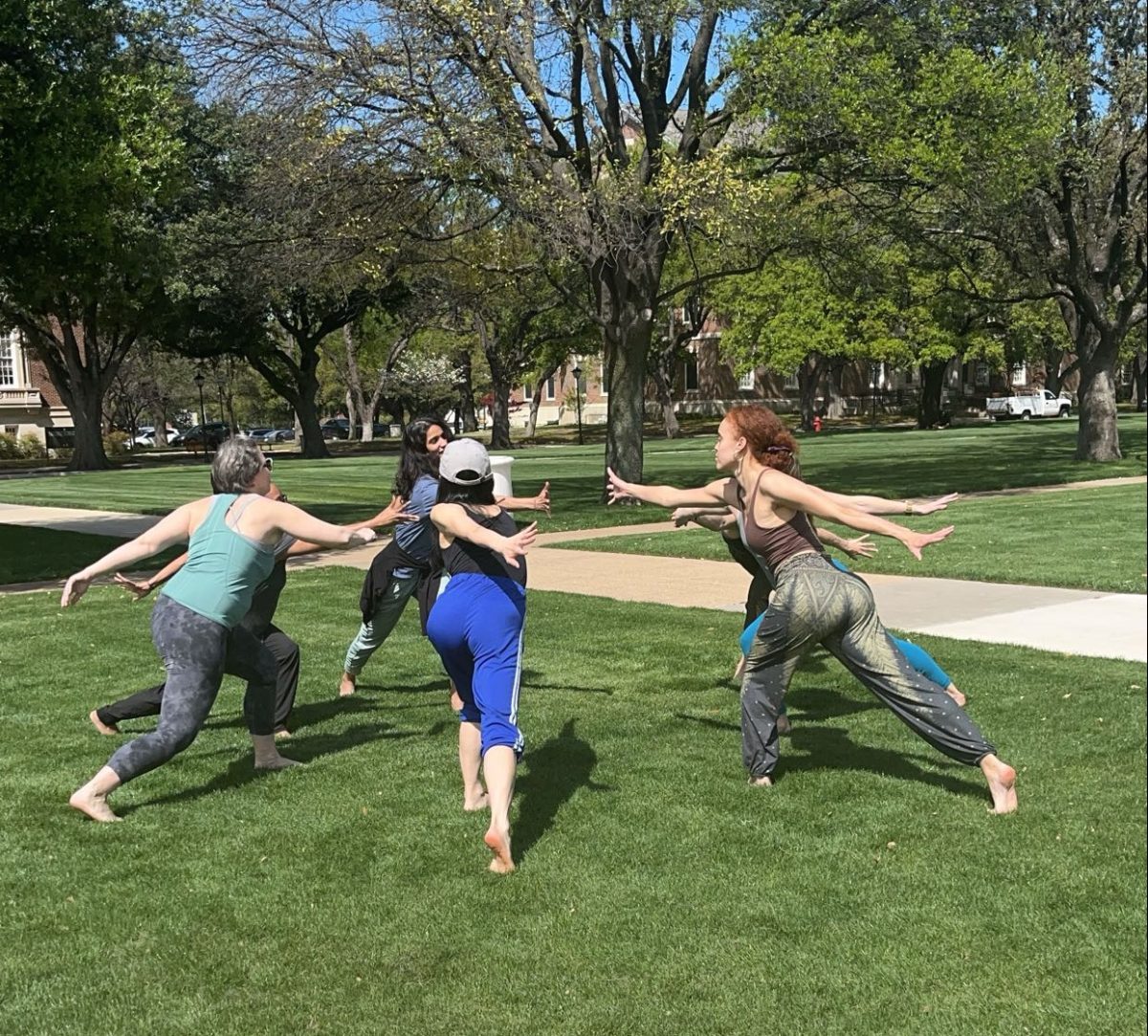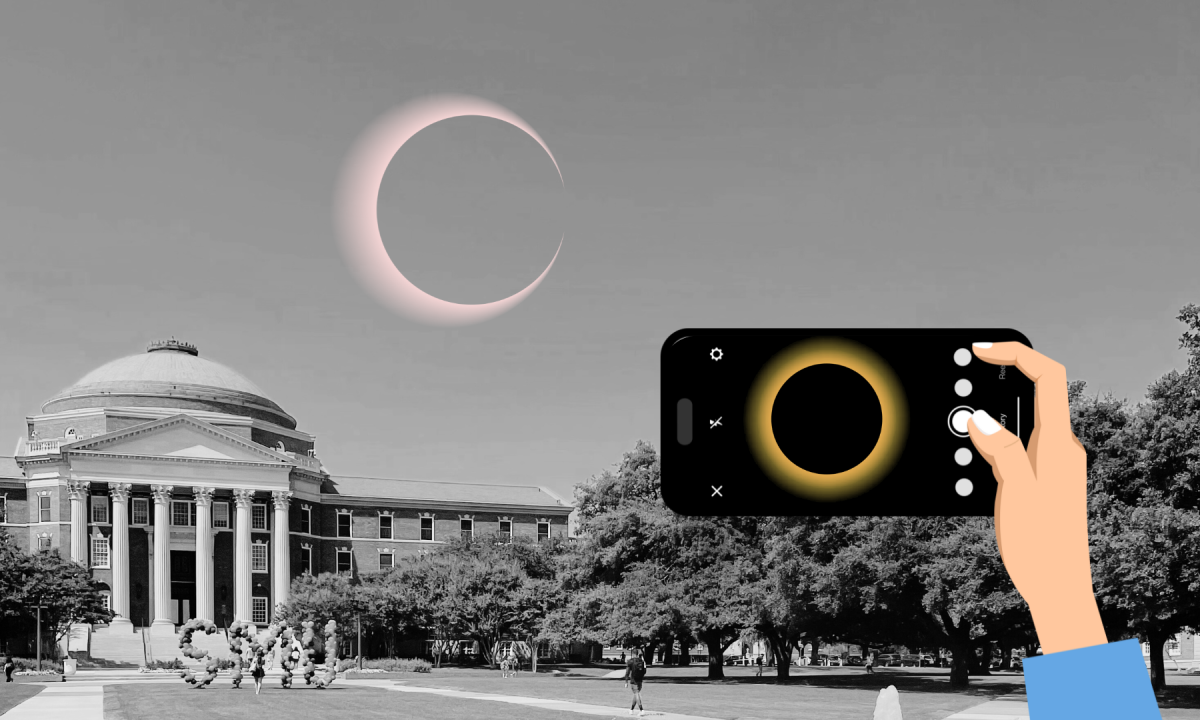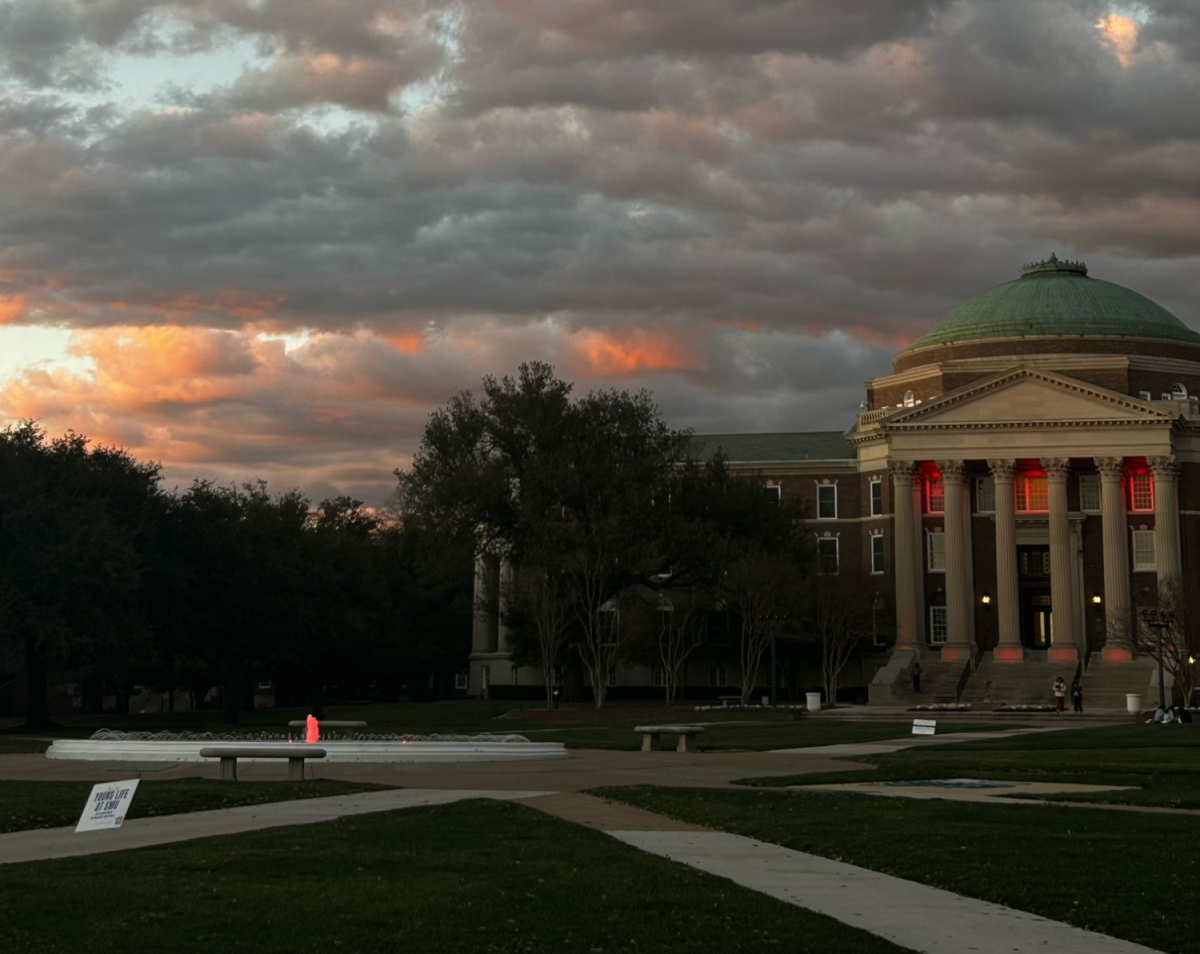As colleges warily announce their plans to return to campus fully in-person in the fall, what will happen to the Zoom classes and online habits of the past year? Are we forever past the era of mute-button mishaps and bedrooms turned classrooms?
Many colleges and educators say “not quite” so fast.
“I think, definitely, these changes are going to bring a paradigm shift,” Kavita Radhakrishnan, a professor at the UT Austin School of Nursing, explained. “A lot of people are going to be welcoming to the opportunity to conduct things online, but I don’t think it’s going to be a complete shift. There is always going to be room for in-person teaching.”
Stay-at-home orders and social distancing efforts accelerated the adoption of remote infrastructure at colleges across the U.S. SMU spent over $1.8 million in technology to support hybrid and remote classes for the 2020-21 school year.
As at SMU and other colleges, many students and faculty have benefitted from remote teaching’s greater convenience and accessibility, but educators still caution about greater social inequities that virtual teaching cannot address or may even exacerbate among students and faculty. Texas universities are carefully considering their approach to next semester in a way that allows them to wield the full power of digital learning without leaving students and faculty behind.
SMU Faculty Senate President Aurelie Thiele believes SMU’s new classroom technologies present a “unique competitive advantage” for SMU to gain greater exposure nationally and internationally.
“I feel if we keep the synchronous teaching infrastructure we’ve built this year, we can really communicate the high quality and superb excellence of SMU education to a much broader public,” Thiele said. “I’ve always felt SMU is not as well-known as it should, and we can really become a key player in online learning with this great infrastructure that OIT and President Turner got us for this pandemic.”
Karen Huxtable-Jester, the Associate Director of the Center of Teaching and Learning at the University of Texas in Dallas (UTD), has said that online teaching has created ways to maintain “rigor without rigidity.” Spring 2020 was her first time teaching remotely since she began teaching in 1988, but Huxtable-Jester emphasized that the basics of effective and engaging teaching remained the same.
The change, she said, “has been more a matter of emphasis – we now have to be a lot more intentional.”
Faculty have a responsibility when designing their courses to ensure that non-academic obstacles don’t predict a student’s course outcome or experience according to Huxtable-Jester. She plans ahead for student obstacles with flexible course policies like proactive makeup deadlines or accounting for a certain number of skippable assignments. She also sends weekly emails and to-do lists for her classes and logs in to sessions 15-minutes early for “group office hours”, thereby maintaining the informal interactions that virtual classes have largely done away with.
“This experience has been powerful in showing us the lack of equity. It has exacerbated the existing conditions that have led to some students suffering a whole lot more,” Huxtable-Jester said. “But anyone with experience teaching knows what kinds of obstacles are likely to come up, and we can plan ahead for them. The prevalence of these obstacles and the overwhelming nature of some of them, I think, have given us a chance to be more aware, and be more proactive in planning for ways to help students to be successful – even when they have multiple challenges.”
At Rice University, Caroline Levander has also had reason to be optimistic about virtual learning’s future implementation.
As the Vice President of Global and Digital Strategy, Levander led the university’s partnership with Southern University of Science and Technology (SUSTech) in Shenzhen, China which allowed almost 100 international Chinese students to take Rice classes online while living on SUSTech’s campus. Even within the domestic student body, Levander has said that certain features, like the chat capability on Zoom, have helped students connect and engage.
“Anecdotally, when I talk to my faculty colleagues, a lot of them say that student engagement has gone up,” Levander said. “A number of faculty have said that students are more comfortable asking questions and contributing in the chat than raising their hands like in a large class. It feels more comfortable, more community based.”
Radakrishnan also expects that the resulting increase in course flexibility and accessibility will push many colleges, including UT Austin, to apply a hybrid-model to classes well into the future. However, she also acknowledges that a college education includes aspects of mentorship, socialization, and networking that go beyond learning class material. She also notes that the success of a student’s virtual learning depends on the tools and training provided to faculty, who may have varying levels of comfort and knowledge with using remote technology.
“It’s not just about the students, it’s also about the faculty. My online classes take much more effort, at least two or three times the workload… It’s a lot for the faculty to design a course to be interactive and hold the students’ attention,” Radhakrishnan said. “I just want to share the message that it shouldn’t be reckless. There should be thought put into the efforts to go online.”
Dr. Shelly Rodriguez is the chair of UT Austin’s Technology Enhanced Education Oversight Committee and has spent much of the year responding to Austin’s changing technological demands. Now, she and others on the committee are looking forward.
“How do we leverage all of the great things that we’ve learned this year to strengthen our educational offerings? To strengthen our student experience, and to strengthen the instructional innovation on our campus?” Rodriguez said. “I hope this whole experience changes us all for the better, and helps us continue to focus on the unique nature of each student’s experience”
Rodriguez’s overarching goal of stronger “educational technology leadership” at Austin is composed of steps and initiatives that are highly relevant to universities nationwide: greater digital literacy, increased focus on digital security and privacy, and more dedicated staff and resources to more efficiently manage and incorporate new technologies.
The future of the 2021 fall semester is still uncertain, but there is reason to believe that maintained masking, distancing, and vaccination efforts will see a return to a semblance of normality by the end of the year: just over 50% of Texans over the age of 12 are vaccinated, 12.2 million people, are fully vaccinated.
While the pandemic will hopefully have abated, its lessons will continue to present creative solutions for life after the pandemic.
“I think it’s an exciting time to be in education,” Rodriguez said. “It will be very interesting for us to find out the opportunities that we can leverage to improve and the pieces of face-to-face interactions that we did not appreciate before that we can maximize when we get back together in person.”


















